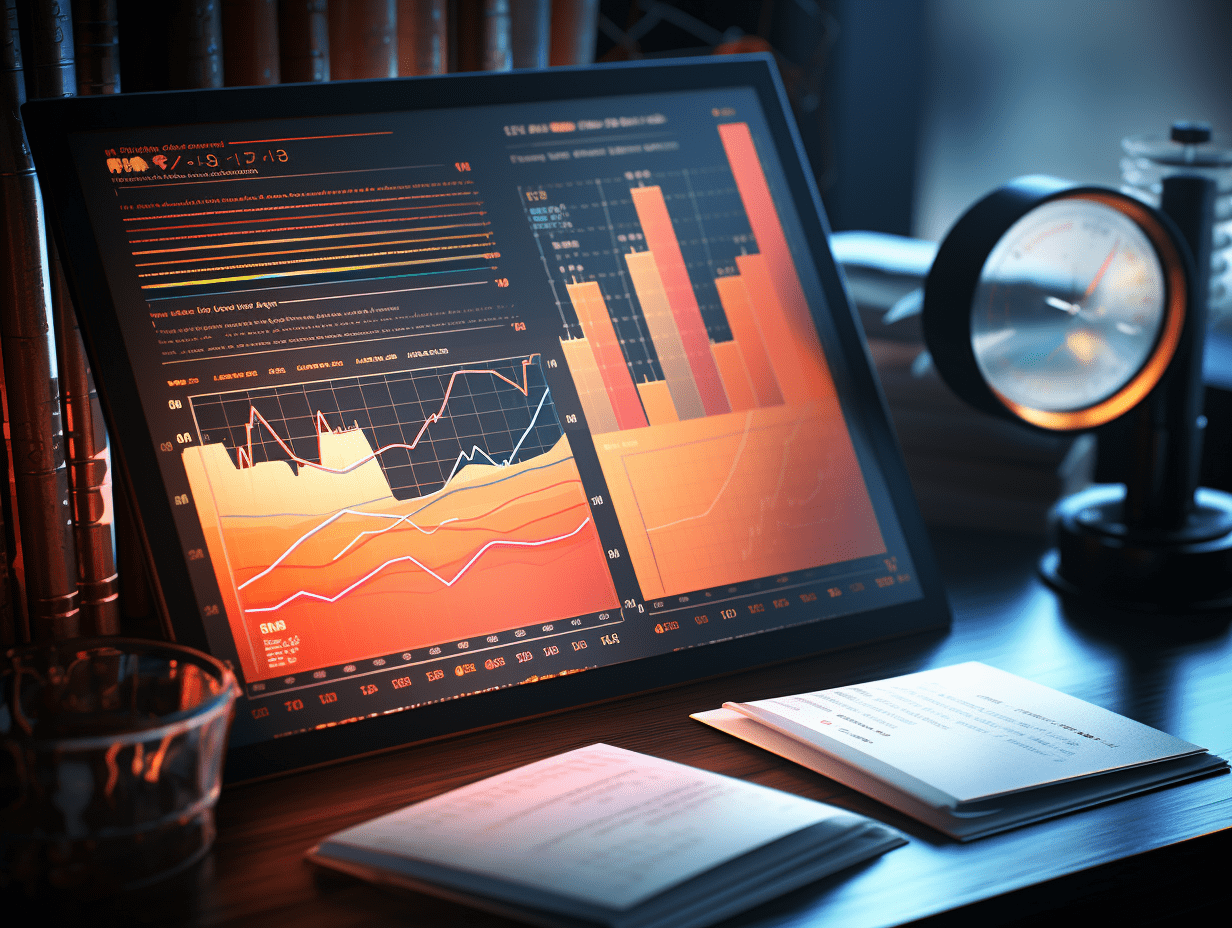Tariff policies trigger a "rush to transport." The Port of Los Angeles in the United States reached a record high in throughput in June.
The Port of Los Angeles in the United States welcomed its busiest month in its 117-year history in June.
With the continuous changes in trade policy by President Trump, the Port of Los Angeles welcomed its busiest month in its 117-year history in June. According to port management data, the port handled 892,340 twenty-foot equivalent units (TEU) containers that month, significantly higher than the same period last year, an increase of about 8%. This surge in capacity is not simply due to economic growth, but is the result of what port executives are calling the "tariff whipsaw effect," where businesses rush to import goods before new tariffs take effect, especially holiday goods and consumer goods.
According to port executives, this spike in volume comes after President Trump announced a reduction in tariff rates on Chinese products from 145% to 45%. This adjustment is currently scheduled to be renegotiated on August 12th. A period of "policy breathing room" has led to an increase in orders from US manufacturers to China, further boosting China's trade surplus in June to $114.7 billion.
Gene Seroka, Executive Director of the Port of Los Angeles, stated that while the data set a historic record, it should not be called explosive growth, but rather a result of timing changes. In fact, import volumes in May and early June remained significantly depressed.
He pointed out: "Frequent changes in the policy timetable have led to fluctuations in freight volumes, causing the port to face great uncertainty. If tariffs are raised as scheduled after August, it is expected that import volumes will once again decline." The National Retail Federation also predicts that from August to November, cargo throughput at US ports will see a double-digit year-on-year decline.
Although tariffs have been relaxed in the short term, costs have already increased for businesses.
Bobby Djavaheri, President of Yedi Houseware, stated at a monthly meeting hosted by the Port of Los Angeles that dual tariffs on Chinese goods and stainless steel have significantly increased the cost of kitchen appliances such as air fryers imported by his company.
Djavaheri said, "Previously, a container cost between $1,500 and $2,000, but now it's as high as $40,000 to $50,000." This puts heavy pressure on business profits.
Mike Short, President of Global Freight Forwarding at C.H. Robinson, stated that although freight volume in June was high, many importers only chose to transport essential goods such as back-to-school items, while others remained idle. "Some clients are speeding up shipments from Southeast Asia to catch the tariff window, while others continue to ship at a traditional peak season pace and adopt a wait-and-see strategy."
Short pointed out that while the extension given by Trump recently won importers nearly a month, it is not enough for maritime transport. Typically, sea freight takes 20 to 30 days, and even longer when shipping from Asia to the US East Coast. For companies that have not arranged sea transport in advance, expensive air transport becomes the only alternative.
Josh Allen, Chief Operating Officer of ITS Logistics, stated that the shift in manufacturing bases is reshaping the global supply chain, and logistics teams of companies are forced to rebuild transportation routes to adapt to changes in delivery times from new production sites to end markets. "Although the Port of Los Angeles performed strongly in June, global trade overall is sluggish, providing a buffer for supply chains to adapt to changes." Allen believes that softening demand has given the industry the ability to "digest the transformation."
Kim Vaccarella, founder and CEO of fashion accessory brand Bogg, stated that although the company has partially shifted production to Vietnam, all molds and raw materials still need to be imported from China. As tariff pressures increase, the company has reduced its range of bag products from 4 to 2 and temporarily reduced some order quantities.
She admitted, "We temporarily raised prices in April to deal with uncertainty, but then reverted back to the original price when tariffs were suspended. However, we still cannot make a decision on whether to raise prices again, everything is up in the air."
Related Articles

Former chief economist of the Bank of Japan warns: possible rate hike as early as October.

National Bureau of Statistics: The capacity utilization rate of large-scale industries in the country in the second quarter was 74.0%.

National Bureau of Statistics: In the first half of the year, the average disposable income per capita of residents in China was 21,840 yuan, an increase of 5.3% from the same period last year.
Former chief economist of the Bank of Japan warns: possible rate hike as early as October.

National Bureau of Statistics: The capacity utilization rate of large-scale industries in the country in the second quarter was 74.0%.

National Bureau of Statistics: In the first half of the year, the average disposable income per capita of residents in China was 21,840 yuan, an increase of 5.3% from the same period last year.

RECOMMEND

Rare Sales Decline for Tank Brand—How Will Great Wall Motor Defend Its Market Position?
14/07/2025

Inside the Explosive Growth of the New Tea Beverage Sector: Supply Chains, Innovation, and Cultural Capital
14/07/2025

Hafu Securities Joins the Race as Hong Kong Accelerates Its Push to Become a Virtual Asset Hub
14/07/2025


